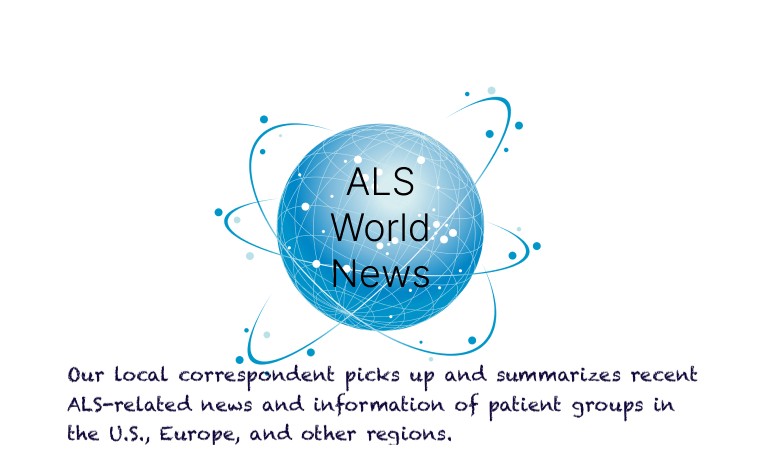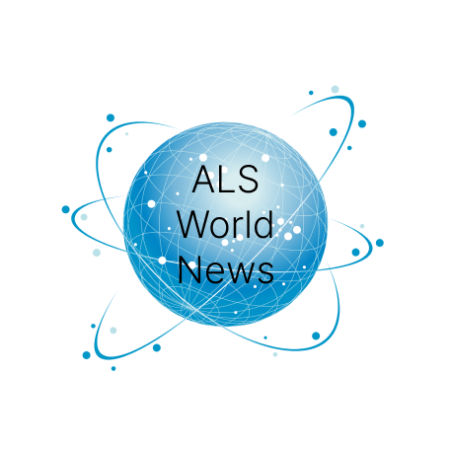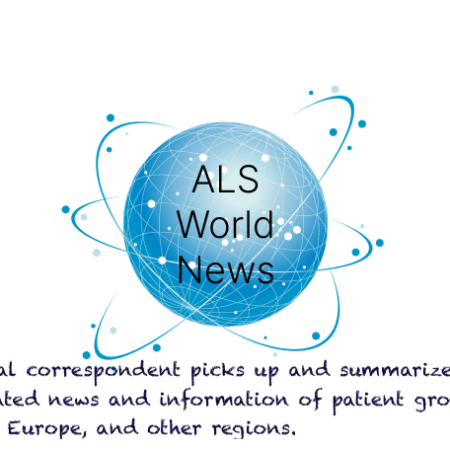The more the research progresses, the more we are reminded of how complicated ALS is.
It is now clear that there are dozens of different types of ALS, and the various different processes that lead to the onset of the disease are steadily being elucidated. Increasingly, studies are investigating the complex interrelationships between dozens of different pathogenic gene mutations, the various proteins affected by those mutations, environmental factors that trigger the onset of the disease through multiple steps, and the time to absolute threshold. It seems to me that more and more studies are investigating the complex interrelationships among these multiple factors.
I looked into what recent research papers describing the relationship between the environment to which the individual has been exposed and the onset of ALS have to say. The results were published in the prestigious British scientific journal The Lancet in 2022. It is a joint research paper by researchers from the University of Michigan, Trinity College (Dublin), King’s College (UK), University of Turin (Italy), and University of Sydney (Australia), and is based on the “interaction of genetics, environment, and time” theory. The idea is that the sum of all exposures of any kind to which a person has been exposed from birth to the onset of disease (called the Exposome) may in fact be an influential and important determinant of the development of ALS.
Lastly, the exposome—the summation of lifetime environmental exposures—has emerged as an influential component for amyotrophic lateral sclerosis through the gene–time–environment hypothesis. Our improved understanding of all these aspects will lead to long-awaited therapies and the identification of modifiable risks factors.
https://www.thelancet.com/pdfs/journals/laneur/PIIS1474-4422(21)00414-2.pdf
The above “interaction of genetics, environment, and time” theory is a hypothesis that is currently receiving a lot of attention, also published by researchers at several universities (University of Miami, Dartmouth College, Johns Hopkins University, University of Turin, and N I H’s Institute of Gerontology) on N I H’s PubMed.gov website in 2018. A few years ago, the University of Miami and Dartmouth College in New Hampshire drew worldwide attention with their announcement that the coastal areas of Florida and the vicinity of several lakes in the New England region of the northeastern U.S. are the site of statistically abnormal levels of A L S (10 to 25 times the average incidence). Both areas have been attributed to cerebral accumulation of BMAA toxin by cyanobacteria in seawater and lake water.
https://www.ncbi.nlm.nih.gov/pmc/articles/PMC5727154/
The idea that ALS may be caused by the interaction of three factors: genetic factors (susceptibility to the disease), the environment in which we live (air, water, soil pollution, etc., and the physical and mental stresses of our occupations), and factors such as diet and the duration of accumulation (interaction hypothesis of genetics, environment, and time) has become widely accepted in the past few years. I feel that this is a widely accepted view. This may be the reason why there are people with different years of military service experiences in the same environment, people who grew up in the same area but never developed the disease, or people who have genetic mutations associated with ALS but lived to an advanced age without developing the disease for the rest of their lives. As more data is collected around the world and analyzed in detail using machine learning (ML) and deep learning (DL), more genetic mutations may be discovered and more environmental factors may emerge at the same time.
Aug 14, 2023 reported by N. Schlough





